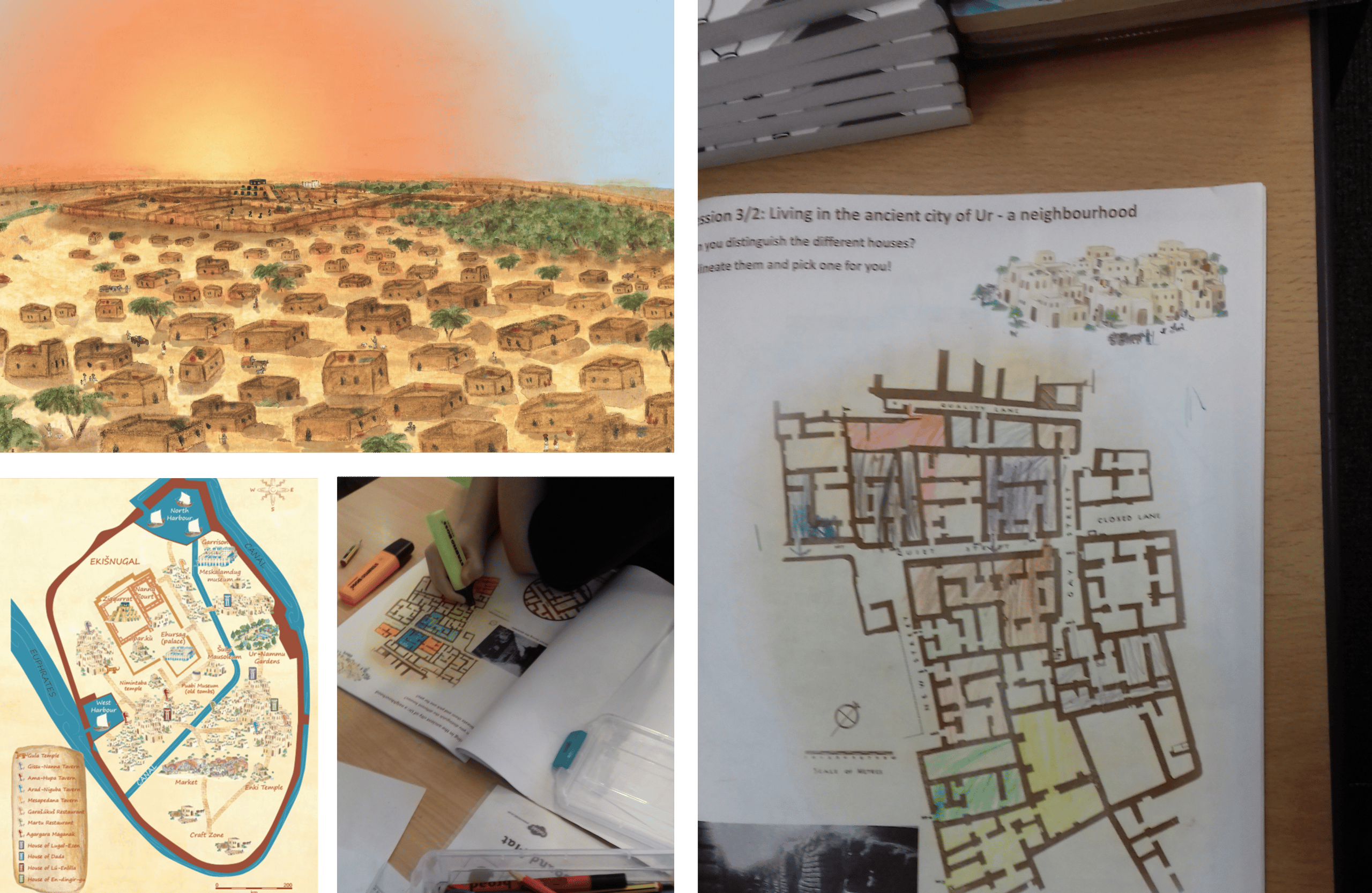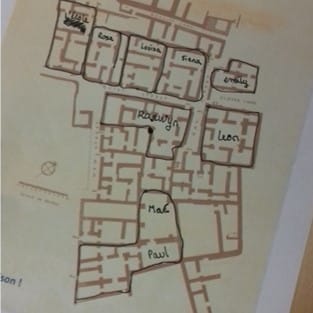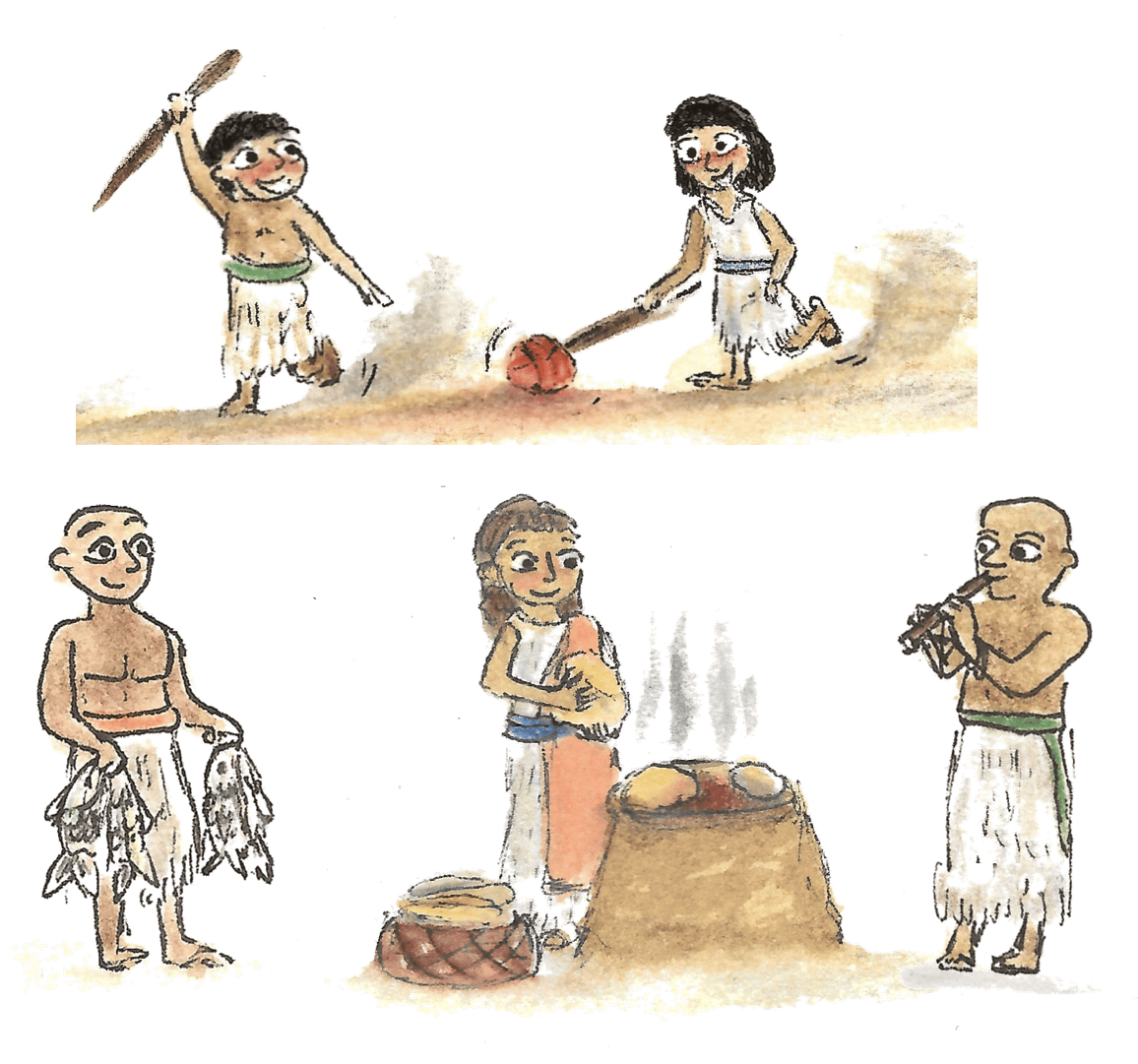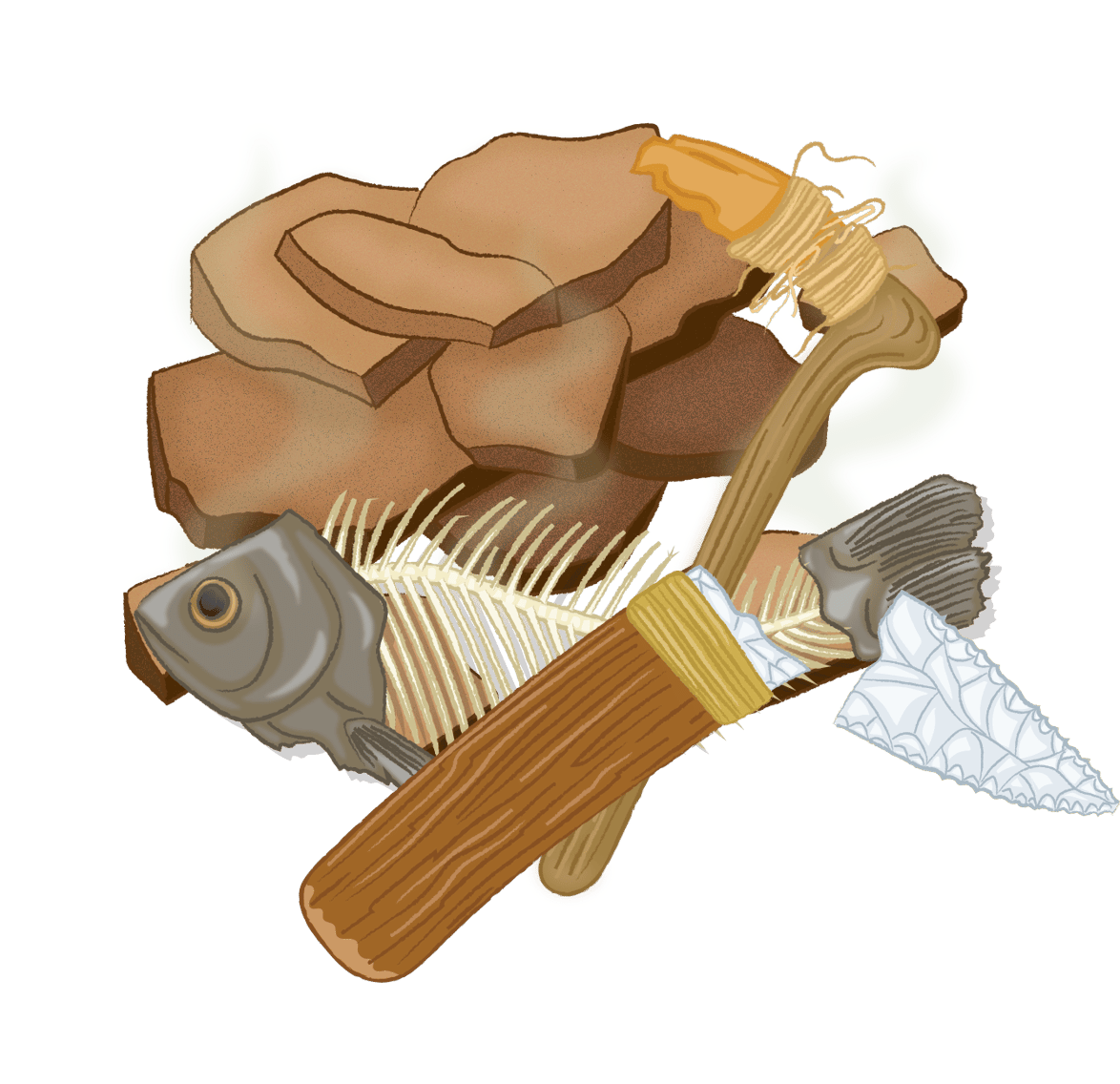
Sumer is the land of the first cities: some were huge, inhabited by thousands of people. What and how do we know about them?
Is there an ideal Sumerian city? What is it like to live in a Sumerian city? This session deals with issues inherent to urbanism (public health, water resources, diet even… recycling), and considers results of recent research which changed our understanding of Sumerian cities.
✓ All KS2 levels: Year 3 to 6 (material is adapted to different year-levels)
✓ Price: Short workshops: £50 in-person; £25 online; Long workshops: £75 in-person; £50 online
✓ Included: documents for each child (2 pages Pdf to print out)
This session explores the reason why those cities were first built, which advantages they offered to attract so many people, and the organisation of urban life.
Focusing on the city of Ur, which is the best known to us, the session also introduces less famous cities, like Uruk and Lagaš, to better explain the archaeologists’ challenges, and offer a diversified perspective.

Activities: life in a Sumerian city, from neighbours to recycling…
Pick your house!

A popular activity to understand the organisation of a city quarter in Ur.
Who are the neighbours?

With complementary readings from Ur and Eridu guidebooks. Get to know people living in a Sumerian city and their professions.
Recycling...

Is it all rubbish? Sumerians were champions of recycling and re-using… You would be surprised to see what they do with an old chair! Will you be as clever as they were?
It is recommended to book a long session for the "recycling game".
The session can be complemented by four videos available on the University of Cambridge YouTube Channel:
First (mega) cities: https://youtu.be/Fh-pUJ_Jels
Explore a Sumerian city: https://youtu.be/eSYvViLJqhs
Why move to a city: https://youtu.be/fRvlaTrX7f8
Living in a Sumerian city: https://youtu.be/xWQXIIl1GM8
